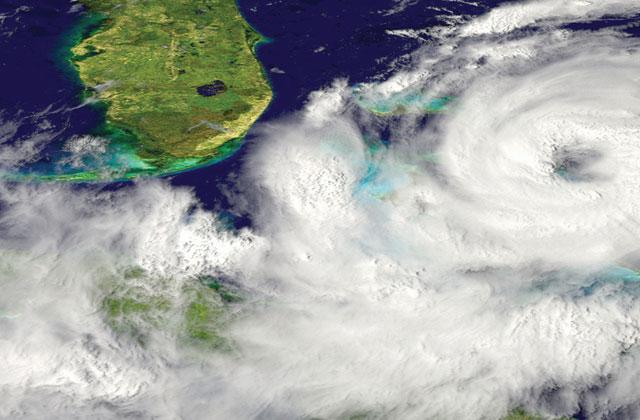Due to a possible change in El Niño weather patterns, Colorado State University hurricane researchers have slightly increased their storm forecast.
According to their June report, the research team is now predicting a near-average Atlantic hurricane season in 2023, after its forecast stated it would be a slightly below-average season in April.
Here’s why: The development of El Niño, which is linked to a band of warm water that develops in the central and east central Pacific Ocean, appears certain, as water temperatures have warmed over the past couple of months.
However, tropical and subtropical Atlantic sea surface temperatures are now much warmer than normal, so forecasts indicate that a transition to El Niño is virtually assured in the next couple of months, researchers said.
Therefore, there remains uncertainty as to how strong El Niño will be. El Niño tends to increase upper-level westerly into the tropical Atlantic and cause an increased vertical wind shear, which can tear apart hurricanes as they try to form.
Waters across the Atlantic have warmed over the past couple of months, and are near or at record temperature levels in the eastern part of the basin, according to the team’s forecast. Warmer-than-normal waters in the Atlantic tend to force a weaker subtropical high that leads to weaker winds blowing across the tropical Atlantic. That could counteract some of the increase in vertical wind shear typically associated with El Niño during the peak of hurricane season, the forecast stated. The increase in sea surface temperature in the Atlantic is the primary reason for the uptick in forecasted hurricane activity.
Given the conflicting signals between a potentially strong El Niño and a much warmer Atlantic, the team stressed that there is more uncertainty than normal with this outlook.
So far, the 2023 hurricane season is showing traits similar to 1951, 1957, 1969, 2004, and 2006. Central Floridians will remember the train of storms — Charlie, Frances, Ivan, Jeanne — that plagued Florida in 2004, while 2006 only featured hurricanes in the central Atlantic.
“Our analog seasons exhibited a wide range of outcomes, from below-normal seasons to hyperactive seasons,” said Phil Klotzbach, research scientist in the Department of Atmospheric Science and lead author of the report. “This highlights the large uncertainty that exists with this outlook.”
The team now predicts 15 named storms this Atlantic hurricane season. Of those, researchers expect seven to become hurricanes and three to reach major hurricane strength (Saffir/Simpson category 3-4-5) with sustained winds above 110 mph.
The team predicts that 2023 hurricane activity will be about 100 percent of the average season from 1991–2020. By comparison, 2022’s hurricane activity was about 75 percent of the average season.
The probability of U.S. major hurricane landfall is estimated to be near the long-period average: 43 percent for the entire U.S. coastline, 27 percent for the Gulf Coast from the Florida panhandle westward to Brownsville, Texas, and 47 percent for one tracking through the Caribbean.
The full report is available at tropical.colostate.edu.
The CSU team will issue another forecast update in August.



